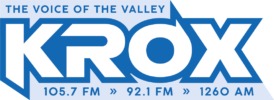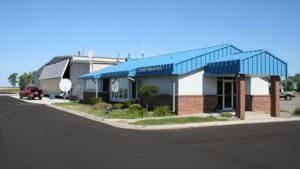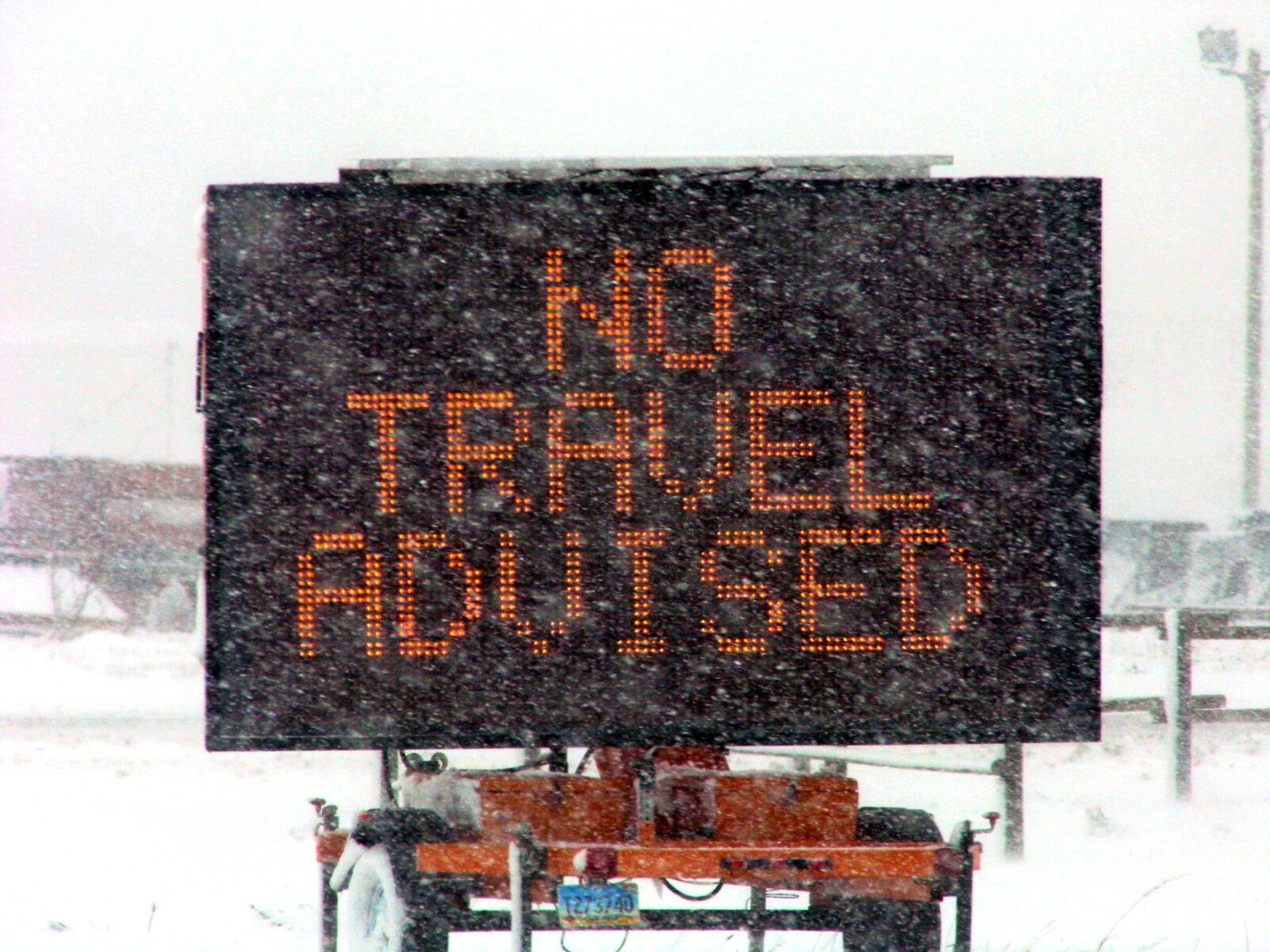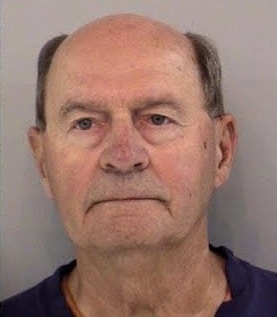The Crookston Airport Commission met on Thursday morning, approving renewed Airport Manager and Fixed Base Operations contracts with Lowell Miller and Miller Aircraft Services. As the airport manager, Miller will be paid $16,802 for 2020, with a three percent annual increase through 2022. The Airport Manager is also entitled to the exclusive use of the house located at the airport, which includes the ability to sublet to somebody that is a Miller Aircraft Services stockholder or employee.
The fixed-base operator contract leases the airport to Miller Aircraft Services for the sale of aircraft, repair of aircraft, the sale of parts and accessories for aircraft, and aircraft rentals. Two final adjustments were made to the contract during the meeting. Interim City Administrator Angel Weasner said previous contracts included contradictory residency requirements, with the commission voted to change. “Our fixed-base operator contract requirement that we have with Miller Aviation included a residency requirement that was contradictory,” said Weasner. “It said you could live within a 30-mile radius of the city but had to have a Crookston address. We eliminated the Crookston mailing address requirement because if you live within a 30-mile radius, you may not have a Crookston mailing address. We wanted to make sure it flowed and was consistent.”
The second change was to the rates paid to made to Miller Aircraft Services for the use of its equipment for airport mowing and snow removal. Weasner said the rates hadn’t been updated in the past six years. “We also changed some rates we use for equipment charges,” said Weasner. “In the last six years, the rates had not been changed. We were updating that ensuring that the maintenance and usage of those matched what the charges would be if we had to replace it.”
The increases raised the labor for equipment operation to $30 an hour and the usage of a John Deere #5103 to $30 an hour.
AIRPORT MASTER PLAN
The Commission also had a master planning meeting with Short Elliot Hendrickson (SEH), the engineering firm the City of Crookston hired to complete the airport master plan. The Federal Aviation Administration (FAA) requires airports to complete the master planning process every twenty years to be eligible for federal funding on projects.
SEH presented the findings of a survey sent out to aviators and businesses that utilize planes both at the Crookston Airport and regionally. The most common response on the survey, according to Melissa Underwood, Senior Aviation Planner with SEH, was that more hangar space was needed. “The surveys were finding there is a lot of need for hangar space at the airport,” said Underwood. “But the airport is in great shape. There are a lot of users using the airport and liking the facility. They want some more hangar space, and some improved approaches to the runway ends.”
According to the data collected by SEH, Crookston’s airport is home to 50 aircraft, and SEH projected that Crookston probably had a need for two additional hangars by 2025 to create the presentation. Miller, however, said it was likely he could fill 10 hangars by the end of the day if they were available. Underwood said that while that was more growth, she anticipated, learning of Crookston’s additional needs was important before submitting the aircraft forecast to the FAA and Minnesota Department of Transportation (MnDOT). “I think there is more growth needed then I was anticipating, more hangar space needed then I was anticipating,” said Underwood. “So, we’ll include those for the based aircraft in the future. Otherwise, I think it was as expected, and we’ll present that information to MnDOT and the FAA for their approval.”
The commission also brainstormed about additional opportunities for the Crookston Airport, said Commission Chairman Fred Parnow. “We brainstormed a little bit about new opportunities, what the Crookston Airport can provide to other businesses, other industries that we currently aren’t accessing or providing services for,” said Parnow. “And how that can impact our community, whether that be new employees, new opportunities at the airport, how could relate to housing, bringing families in and employees to the community we currently don’t have right now. So, it’s a good session, and I’m looking forward to the next stages of the process to see where we go from here. It’s a two-year process to master plan and at the end of the day its justification for new facilities, whether it be new hangars, additional runway length, or that kind of thing depending on the need of the airport and businesses that could utilize the airport more.”
One previously discussed was the use of drones in agriculture and natural resources. Parnow also asked about the possibility of being an overflow or testing area for Cirrus Aircraft, which operates a composite production facility in Grand Forks. Underwood said she could reach out to Cirrus and see if they had any needs that may be incorporated in the master plan. Acting Mayor Dale Stainbrook used the example of Digi-Key, wondering if they had a need for additional options for shipping and receiving cargo as well as what Crookston would need to do to meet those needs. Parnow also said his understanding was semis leave Thief River Falls for the Fargo and Sioux Falls airports to ship cargo at least daily and wondered if Crookston could capture some of that as they are already driving by. Underwood suggested that someone from the city should discuss those potential needs with the City of Thief River Falls about their airport and with Digi-Key.
The next step is to build future facilities and alternatives into the master plan explained Underwood. “The next steps will be to develop facilities to meet that demand (on the plan) and come up with alternatives,” said Underwood. “Then, the final phase will be looking at how to implement the plan we’ve developed and then getting approval from the FAA and MnDOT on that as well.”
Underwood said she’d also like to have another master planning meeting with the commission likely in April.
Tags:



